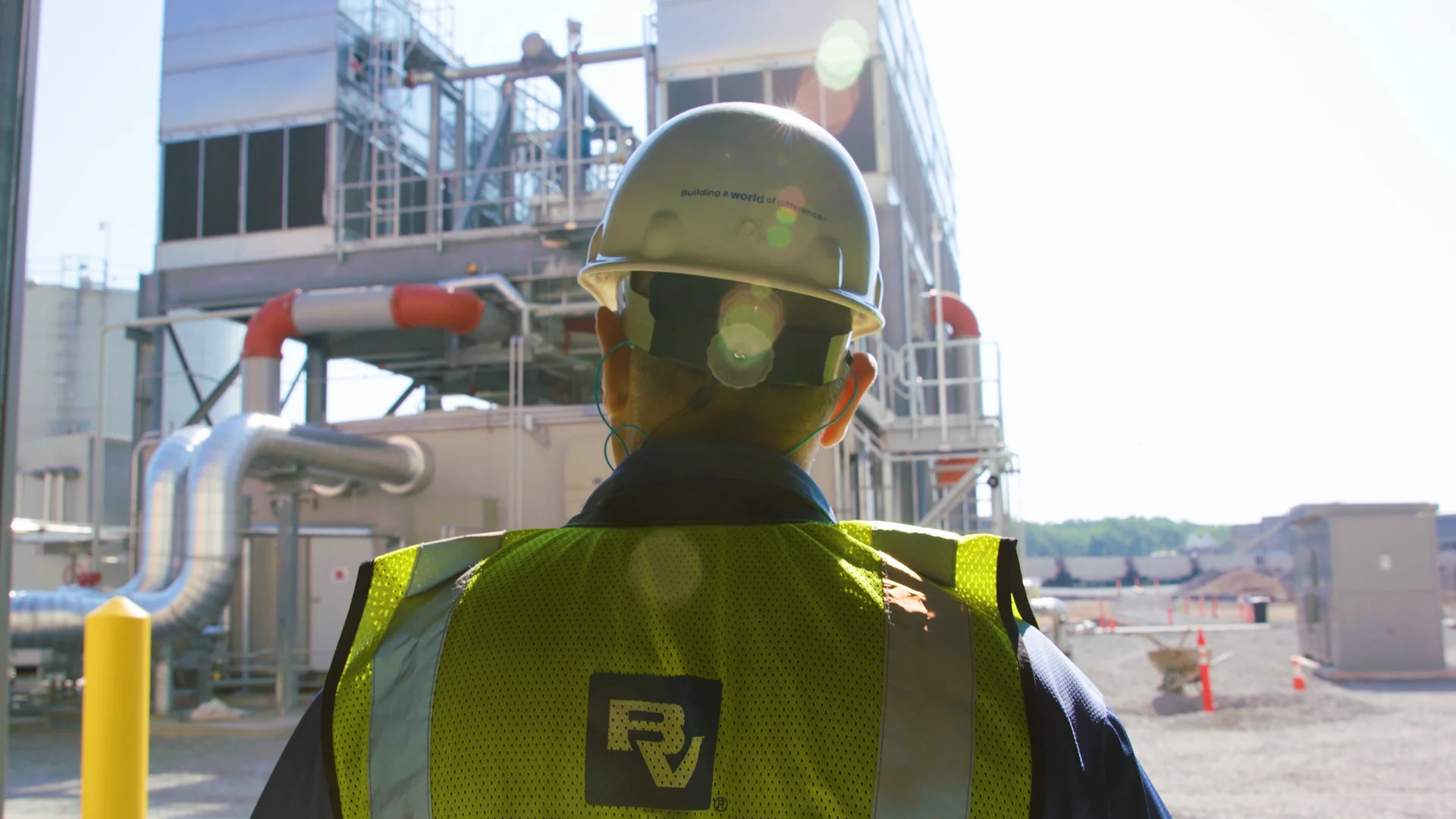PFAS Regulations: What You Need to Know

New Proposed EPA Regulations on PFAS
Drinking water contaminants known as per- and polyfluoroalkyl substances, or PFAS, have become an increasingly significant issue impacting the health and safety of our communities.
Better known as “forever chemicals” because they take decades to break down in the environment, PFAS are linked to numerous harmful health effects and can be found in many industrial and household products such as cosmetics, shampoos, certain food packaging and firefighting foam. Because of their widespread use and durability, they are now present in water sources, air, fish and soil around the world.
As more information continues to come to light about the impact of these chemicals, pressure from environmental groups, plaintiffs’ attorneys and the citizenry at large is drawing the attention of local, state, and federal regulators.
Understanding the EPA’s First Proposed National Drinking Water Regulation for PFAS
After much anticipation, on March 14, 2023, the United States Environmental Protection Agency (EPA) released their new proposed National Primary Drinking Water Regulation for PFAS. The proposed regulation includes requirements for regulatory limits, monitoring, public notification and treatment.
“This announcement is the first proposed national primary drinking water regulation for PFAS, which will impact every public water system to some degree,” said Amanda Canida, drinking water process engineer at Black & Veatch. “In addition to the Lead and Copper Rule, this is the biggest drinking water regulation in the past decade.”
The numerical limits of the draft regulation are:
4.0 parts per trillion (ppt) PFOA
4.0 ppt PFOS
Combination of PFNA, PFHxS, PFBS, and GenX below a Hazard Index of 1.0
The proposed rule would also require public water systems to monitor for these PFAS, notify the public of the levels of these compounds and then reduce their levels in drinking water if they exceed the proposed standards.
The EPA will be seeking public comment on the proposed rule with a 60-day comment period once the proposed rule is published in the Federal Register, with a public hearing on held May 4, 2023. The rule is projected to be finalized near the end of 2023 or early 2024.
Impact on Water Utilities
The same day of the EPA’s announcement, the American Water Works Association (AWWA) responded to the proposed regulation, citing Black & Veatch’s PFAS cost model study:
“Advanced drinking water treatment systems for PFAS will require communities to make significant investments. A recent study conducted by Black & Veatch on behalf of AWWA estimated the national cost for water systems to install treatment to remove PFOA and PFOS to levels required by EPA’s proposal exceeds $3.8 billion annually. The vast majority of these treatment costs will be borne by communities and ratepayers, who are also facing increased costs to address other needs, such as replacing lead service lines, upgrading cybersecurity, replacing aging infrastructure and assuring sustainable water supplies.”
Black & Veatch’s cost modeling tool evaluates each public water system with accessible PFAS monitoring data and generates a database of the most probable capital and operating costs for each public water system, helping the water industry understand the financial impacts of treating drinking water for PFAS.
AWWA also released a technical memorandum alongside their press release prepared by Black & Veatch that outlines the methodology behind the cost model and its results.
The Cape Fear Connection
Perhaps one of the most high-visibility cases of PFAS remediation can be found in Wilmington, NC, along the Cape Fear River, where the EPA made their recent announcement. "This community, and all the communities in the eight-county region from here to Fayetteville, understand PFAS better than most,” said Elizabeth Biser, Secretary of the North Carolina Department of Environmental Quality. “You understand that better because you've had to. You've been on the frontlines of PFAS contamination since 2017.
”In 2016, North Carolina State University published a study that identified PFAS in the Cape Fear River. The discovery sparked intense concern by Cape Fear Public Utility Authority (CFPUA) and the public and an investigation by the North Carolina Department of Environmental Quality. In response, CFPUA hired Black & Veatch to help tackle the community’s PFAS challenges.
"We have worked with Cape Fear for decades with some of their most challenging projects, whether it be because of complex design and construction, aggressive schedules or high public interest – and this project had all three,” said Jeff Thompson, Client Director at Black & Veatch. The Black & Veatch team provided the planning, design, and construction services for Cape Fear Public Utility Authority's new granular-activated carbon facility at the Sweeney Water Treatment Plant. As of October 2022, the utility has successfully removed PFAS compounds to levels at or near non-detection.
Black & Veatch’s PFAS Expertise
Black & Veatch helps organizations across the nation and around the world address their water treatment challenges, providing end-to-end consulting, engineering and construction services to meet each community's unique needs. From applied research to executed projects, Black & Veatch is at the forefront of innovative and effective PFAS treatment solutions, trusted by key trade and research organizations such as the American Water Works Association, the Water Environment Federation and the Society of American Military Engineers to mitigate the impacts of PFAS in our environment, critical infrastructure and communities.
Contact our experts today to discuss your organization’s unique PFAS needs.
Contact Us
Looking for a partner in innovation?
Let's Talk
